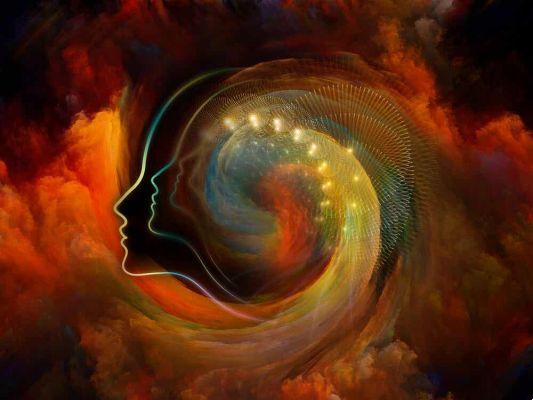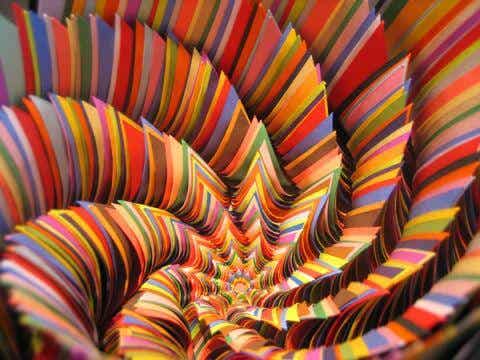
Last update: Augusts 11, 2015
Marketing uses all possible tricks to achieve its goals. This is why it uses all the resources at its disposal to make a certain product or idea catch our attention.
Ever since sales pundits realized that using specific colors can lead us to change our decisions as consumers, they have tried to take advantage of this.
The well-known "psychology of color" deals with analyzing the effects that each shade has on our behavior. This data is not only used in marketing, but also in art, architecture, education, design, etc.
In the case of advertising and sales, colors are used to build brand or product images so that they can launch their campaigns on the market.
How do they use colors to make us buy?
Depending on the colors chosen by the creatives of a brand, an article or the whole brand can be successful or fail. Is the influence of colors really such? The answer is yes. They can affect the value we attribute to products, the desire to buy them, the feelings they stimulate, etc.
The perception we have of each color will depend on personal experiences, although there are general ideas that affect all people, more or less, in the same way. Emotions and feelings are similar for everyone when we are faced with a specific color.
The most important brands in the world are based on an axis that relates color to perception. In this way:
The yellow: it is optimism, clarity and purity. Examples of brands with this color are Best Buy, Subway, Shell, Nikon, Chevrolet, UPS, IKEA, Ferrari and Mc Donalds.
Orange: it is a symbol of friendship, confidence, and trust. Companies that have chosen this color are Nickelodeon, Fanta, Mozzila, Crush, VLC, Amazon and Gulf.
The Red: stimulates the senses. Examples: Coca Cola, Nintendo, Kellogg's, CNN, Exxon, Lego, Pinterest and Canon.
The purple: it is creativity and imagination. Some brands that have opted for this color are SyFy, Yahoo, Taco Bell, Lynx, Barbie and Cadbury.
blue: conveys confidence and seriousness. Examples of products that have opted for this color are Dell, HP, Oreo, Oral B, Walmart, WordPress, Vimeo, Twitter, and American Express.
The green: it is peace and growth. Brands related to this color are Tropicana, John Deere, Monster, Spotify, Animal Planet, Android and Starbucks.
The black and white: together they convey calm and balance (gray can also be used). Examples: Cartoon Network, Apple, New York Times, Wikipedia, Puma, Nike.
We also remember brands that have used more than one color, such as Google, NBC, Windows and Ebay. The goal of these brands is to make the customer experience more than one sensation.
Why do we choose a brand for its color?
According to a study called “The impact of colors in marketing”, 90% of consumers choose the product based on the color. On the other hand, there is a brand-color relationship which depends on emotions. This means that, for example, you will not opt for yellow or orange if you are depressed.
Colors influence each of our actions and we find this at any time of the day. For example, staying in a dull-colored office isn't the same as staying in one where the rainbow seems to have just come out after the rain. If colors help you rest better, study, feel more calm, enjoy your home, etc., why shouldn't they "tell us" what to buy or what products to consume?
In addition to the strategies used by companies to get our attention, our experiences also influence. If our favorite color is green, for example, we are more likely to choose products that use this tone and it will be more difficult for us to choose something blue or orange, for example.
If we try to go to the supermarket and analyze what catches our attention, they will surely be stronger or brighter colors like yellow, even if this does not mean that in 100% of cases we will end up buying that product. There are other things that must convince us, but these are elements that we evaluate only because the color has caught our attention.
The important thing is to know how to differentiate products not by their color, but by quality, price and usefulness. In this way, we will be conscious consumers and not robots who buy what companies want us to buy!


























